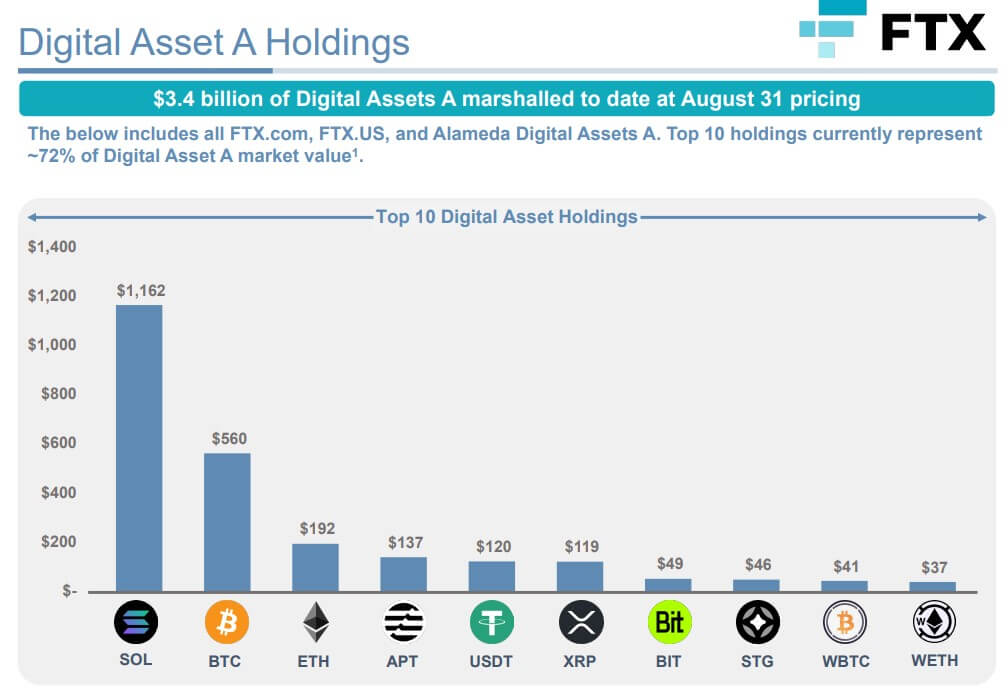Solving perpetual futures liquidity issues with LRTs: Zaros joins Cointelegraph Accelerator

Zaros, a perpetual decentralized exchange (DEX), became the first EVM-compatible perpetual DEX to join the Cointelegraph Accelerator program. The platform allows traders to trade perpetual futures and liquidity providers to earn additional yield by providing liquid staking tokens (LSTs) and liquid restaking tokens (LRTs) as liquidity.
Decentralized finance (DeFi) traders often face a range of frustrating issues. Liquidity is often scattered across many platforms, making it hard to find the best prices and trading pairs. The user interfaces of DeFi platforms can be overly complex, turning away newcomers and making trading more complicated than it should be.
Slow settlement times can be frustrating, causing delays that might lead to missing out on good trade opportunities. High slippage is another problem, where the trade ends up at a different price than expected, eating into profits. Additionally, dealing with multiple blockchains for different assets creates a confusing and fragmented trading environment.
Addressing liquidity and user experience challenges in DeFi
To combat liquidity fragmentation, Zaros aims to provide deep liquidity across a wide range of markets, including cryptocurrencies, commodities and forex. The platform’s eClusters system and Smart Funding Algorithm group assets with similar risk parameters, allowing for rapid and efficient liquidity allocation to new markets.
Zaros Testnet is officially launched! 🚨
— Zaros (@zarosfi) February 29, 2024
Follow this thread as we share the details on how to join and navigate our POINTS system! 🧵 pic.twitter.com/PQgwrhUL1M
Zaros employs account abstraction, concealing blockchain technicality in interactions, to enhance user experience. The platform also supports social login and one-click trading for accessibility and ease of use.
For high-frequency trading and interoperability, Zaros leverages Chainlink’s Data Streams to ensure faster order execution, better settlement prices and protection against front-running — a practice where others can execute trades ahead of a trader’s for profit. It also allows traders to deposit a wide range of assets as collateral into their Zaros accounts from Arbitrum and Monad, ensuring a seamless cross-margin trading experience.
Mitigating risks and boosting yields for DeFi liquidity providers
In addition to improving the trading experience, Zaros addresses challenges faced by liquidity providers (LPs) in DeFi. LPs often struggle with limited staking yields, as LSTs and LRTs are typically confined to Ethereum’s staking yield.
DeFi yield-boosting strategies can be risky due to their complexity and potential for significant losses in volatile markets. Additionally, LPs face the risk of liquidation, where sudden market downturns or collateral devaluation can force the sale of assets at a loss.
Zaros offers several solutions to address the challenges faced by LPs in DeFi. 70% of trading fees are paid to LP vaults in Ether (ETH), allowing LPs to earn a share of the protocol’s trading fees in addition to Ethereum’s staking yield.
The protocol also utilizes USDz, an overcollateralized stablecoin backed by LST vaults, and an eClusters system inspired by Aave’s eMode to efficiently distribute credit between markets while remaining delta-neutral, meaning Zaros balances its positions to avoid exposure to market movements.
Furthermore, Zaros Liquidity Providing Vaults (ZLP Vaults) represent each LP’s stake in the protocol’s liquidity. It is pegged to the underlying assets of the vault, such as wstETH and weETH, thereby keeping DeFi composability while unlocking an additional yield layer.

Zaros’ roadmap for 2024. Source: Zaros
Zaros envisions a future where decentralized derivatives significantly penetrate centralized finance (CeFi) and TradFi audiences over the next five years. According to Zaros, this transformation can be achieved by focusing on user experience, education and delivering value with safety and credibility. The outcome can foster greater adoption and integration of DeFi in mainstream financial markets.
Learn more about ZarosDisclaimer. Cointelegraph does not endorse any content or product on this page. While we aim at providing you with all important information that we could obtain in this sponsored article, readers should do their own research before taking any actions related to the company and carry full responsibility for their decisions, nor can this article be considered as investment advice.





